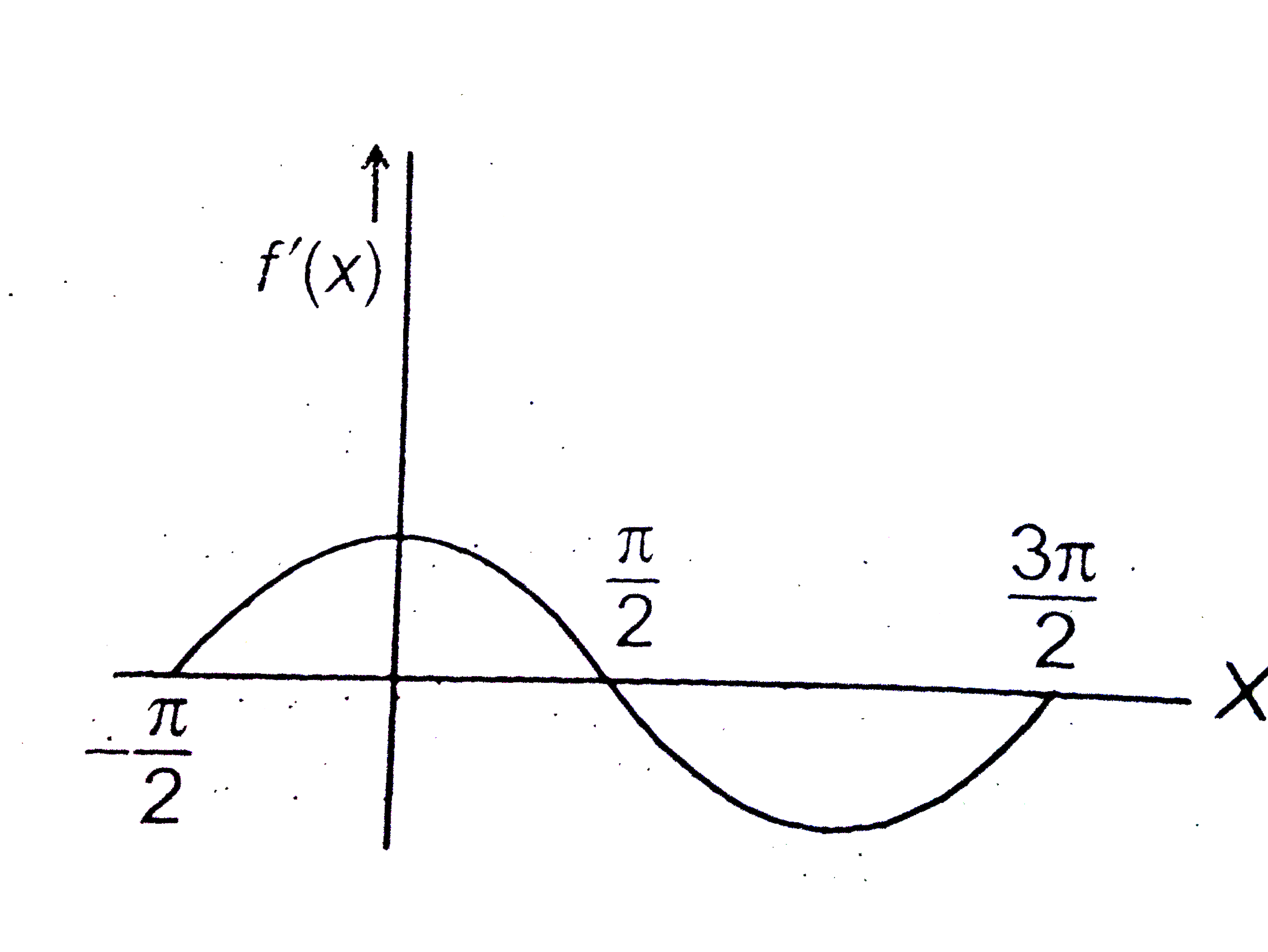Prove that function given by f(x)=sin x is
(i) Strictly increasing in (−π2,π2)
(ii) Strictly decreasing in (π2,3π2)
f(x)=sinx
then , f'(x)=cosx
(i) For each x∈(−π2,π2)
cosx>0
So, f'(x)>0
f(x) is strictly increasing in (−π2,π2)

(ii) For each x∈(π2,3π2)
cosx<0
So, f'(x)<0
f(x) is strictlyu decreasing in x∈(π2,3π2)
Topper's Solved these Questions
- APPLICATION OF DERIVATIVESBOOK - AAKASH INSTITUTE ENGLISHCHAPTER - APPLICATION OF DERIVATIVESEXERCISE - TRY YOURSELF
39 Videos
- APPLICATION OF DERIVATIVESBOOK - AAKASH INSTITUTE ENGLISHCHAPTER - APPLICATION OF DERIVATIVESEXERCISE - Assignment SECTION-A (Competition Level Questions)
50 Videos
- APPLICATION OF INTEGRALS BOOK - AAKASH INSTITUTE ENGLISHCHAPTER - APPLICATION OF INTEGRALS EXERCISE - Assignment Section - I Aakash Challengers Questions
2 Videos
Similar Questions
Prove that the function f given by f(x)=logcosx is strictly increasing on (−π/2, 0) and strictly decreasing on (0, π/2) .
View SolutionProve that the function f(x)=cosx is strictly increasing in (π, 2π)
View SolutionProve that funciton given by
(i) f(x)=x2 is
(a) Strictly increasing in x∈(0,∞)
(b) Strictly decreasing in x∈(−∞,0)
(ii) f(x)=tanx is strictly increasing in x∈(nπ−π2,nπ+π2), where n∈I.
View SolutionProve that the function given by f(x)=cosxis(a) strictly decreasing in (0,π)(b) strictly increasing in (π,2π), and(c) neither increasing nor decreasing in (0,2π)
View SolutionProve that the function f(x)=tanx−4x is strictly decreasing on (−π/3, π/3) .
View SolutionProve that the function f(x)=tanx−4x is strictly decreasing on (−π/3, π/3) .
View SolutionProve that the function f(x)=cosx is strictly decreasing in (0, π)
View SolutionShow that the function f(x)=logcosx is :
(i) Strictly decreasing in ]0,π2[
(ii) Strictly increasing in ]π2,π[
View SolutionFind the interval in which the function f given by f(x)=x2−2x+3 is
(a) Strictly increasing
(b) Strictly decreasing
View SolutionProve that the function f given by f(x)=logcosxis strictly decreasing on (0,π2)and strictly increasing on (π2,π)prove that the function f given by f(x)=logsinx is strictly decreasing on (0,π2) and strictly increasing on (π2,π)..
View Solution

